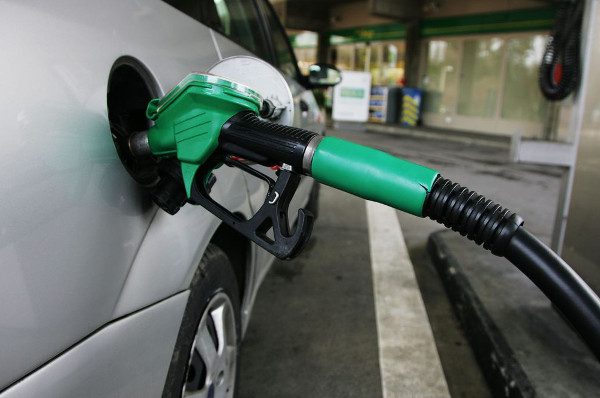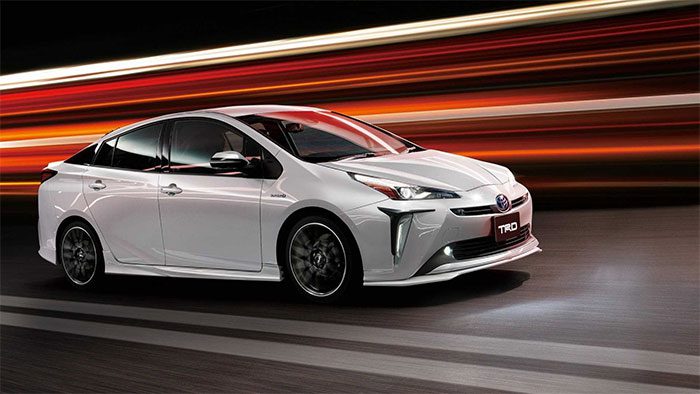In this era of rising prices and continuously increasing fuel costs, owning a car raises the pressing question of how to save fuel effectively. Follow the tips in this article to significantly reduce your gasoline consumption.
Guide to Driving a Car Fuel-Efficiently
Use Air Conditioning Wisely
- Gradually increase the air conditioning temperature and only use it at maximum when driving at high speeds.
- Improper use of air conditioning in summer can lead to fuel consumption increasing by up to 25%.
Lower the Windows
- When driving at low speeds, lower the windows.
- At high speeds, opening the windows increases wind resistance, causing more fuel consumption.

The less you use the brakes, the better your fuel efficiency.
How to Stop the Car
- The less you use the brakes, the less fuel your car will consume.
- Avoid accelerating and then braking suddenly when stopping. Gradually let the car slow down from a distance until you reach the stopping point.
Parking Tips
- If possible, keep the car cabin cool to avoid using air conditioning.
- Parking in the shade will help reduce the amount of fuel needed to cool the car.
Transporting Items
- Removing about 50 kg of luggage can save you 1-2% on fuel.
- If not necessary, consider removing the roof rack to reduce weight and wind resistance.
Vehicle Maintenance
- Regularly check air filters, tires, oil, etc., as these are some of the simplest ways to save fuel and extend the vehicle’s lifespan.
- A well-maintained car can help you save up to 50% on fuel.
- Check tire pressure; typically, tire pressure decreases by about 1 psi each month. If the pressure is below the recommended level on your vehicle’s label, it will affect performance, tire lifespan, and fuel efficiency.
Always Keep at Least Half a Tank

Maintain at least half a tank during the winter months.
Ensure you keep at least half a tank during the cold winter months, especially when there is a possibility of fuel shortages for various reasons. This tip also applies when you’re traveling on your beloved vehicle and encounter traffic jams. Having more fuel in the tank can alleviate some worries and give you more flexibility in choosing when and where to refuel during your journey.
Limit Unnecessary Travel
This is likely common knowledge, but if you can somehow reduce or postpone using your car for day-to-day errands, you’ll save quite a bit of fuel for yourself while also helping to alleviate fuel shortages on a broader scale.
The tips above not only help you save fuel for your vehicle but also keep your car running well and looking new. Furthermore, these are simple tips that are not difficult to implement. Always remember these strategies to save your budget for other important matters.
Buy Quality Fuel
Currently, the most common fuel types on the market are RON 95 and A92. RON 95 is priced higher and has better quality compared to A92. Many people prefer RON 95 because it helps their cars run more smoothly and durably. Others choose A92 due to its lower price and availability. Experts suggest that mixing E5 (A92) and RON 95 is not good for the vehicle and could even pose risks. Since gasoline engines burn fuel under pressure, they try to avoid knocking. For engines with a compression ratio greater than 9.5:1, RON 95 should be used, while for ratios below 9.5:1, RON 92 is recommended.



















































